How to Use Drones for Wildlife Conservation
- September 5, 2024
- 0 comment
Drones are revolutionizing wildlife conservation, providing a high-tech, non-intrusive way to monitor and protect animals. In this guide, we explore how drones can enhance efforts to track wildlife, combat poaching, and assess habitats from above. With their ability to capture detailed aerial data without disturbing animals, drones are becoming essential tools for preserving biodiversity. Learn how you can effectively use this technology to make a meaningful impact on wildlife conservation efforts.
What Are Wildlife Drones and How Do They Work?
Wildlife drones are specialized aerial vehicles designed to assist in monitoring and conserving wildlife. Equipped with high-resolution cameras, thermal sensors, and GPS technology, these drones provide detailed aerial views and data that are crucial for tracking animal movements, surveying habitats, and identifying environmental changes. Their ability to fly at various altitudes and cover large areas makes them invaluable for observing wildlife without disturbing their natural behavior, which is often challenging with traditional methods.
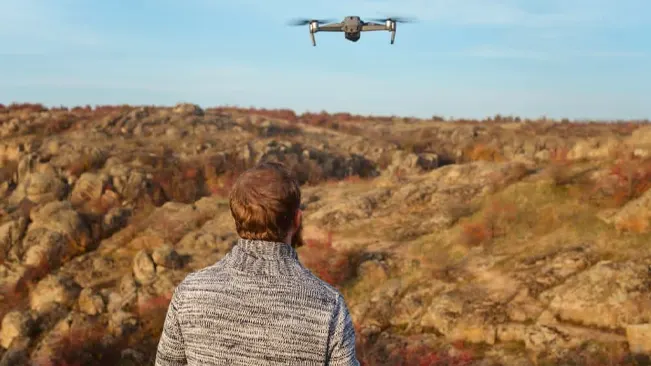
The operation of wildlife drones involves a combination of automated flight plans and real-time data collection. Conservationists program the drones to follow specific routes or areas of interest, while the onboard sensors capture images and other data. This information is then transmitted to ground stations for analysis, enabling researchers to monitor populations, assess the health of ecosystems, and detect issues like poaching or habitat destruction. By providing a bird’s-eye view and precise data, wildlife drones enhance conservation efforts and contribute to more effective and informed decision-making.
Types of Wildlife Drones
Fixed-Wing Drones
Fixed-wing drones are engineered for long-duration flights, making them ideal for covering expansive areas in wildlife conservation. Unlike multi-rotor drones, which rely on rotor blades for lift, fixed-wing drones use aerodynamic lift from their wings, allowing them to fly at higher altitudes and greater speeds. This design is particularly advantageous for conducting wide-scale wildlife surveys and habitat mapping, as it enables researchers to cover large tracts of land efficiently.
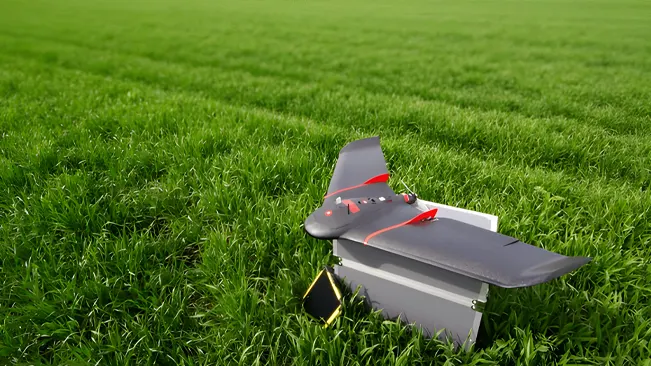
These drones are typically outfitted with high-resolution cameras and advanced thermal imaging sensors, which provide detailed visual and thermal data on animal movements and environmental conditions. The ability to maintain stable flight over long periods ensures comprehensive monitoring of extensive regions, which is crucial for tracking migratory patterns, assessing habitat health, and identifying potential conservation challenges.
Multi-Rotor Drones
Multi-rotor drones, including quadcopters and hexacopters, are known for their exceptional maneuverability and stability. They can hover in place, making them ideal for close-up observations and tracking specific animals. Their design allows for precise control and the ability to fly at lower altitudes, which is beneficial for detailed behavioral studies, nest monitoring, and detecting illegal activities such as poaching.
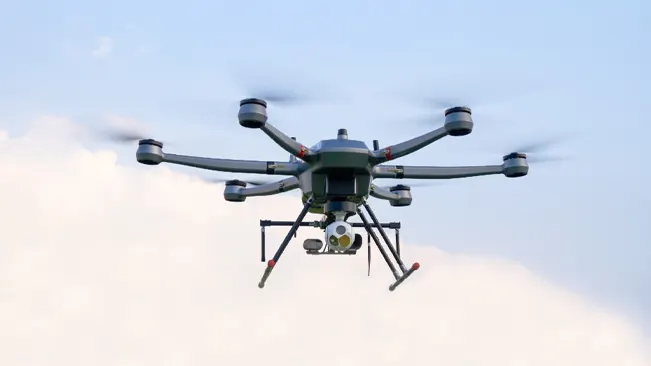
These drones are often equipped with a range of sensors, including thermal cameras, LiDAR, and high-resolution imaging systems, to gather detailed data from various angles and perspectives. The flexibility and control offered by multi-rotor drones make them indispensable tools for conservationists needing to conduct focused and detailed assessments of wildlife and their habitats.
Hybrid Drones
Hybrid drones merge the capabilities of both fixed-wing and multi-rotor drones, providing a versatile solution for diverse conservation tasks. They are equipped to take off and land vertically like a multi-rotor drone, which simplifies operations in confined or challenging environments. Once airborne, they can transition to fixed-wing flight, allowing for long-distance travel and extended coverage.
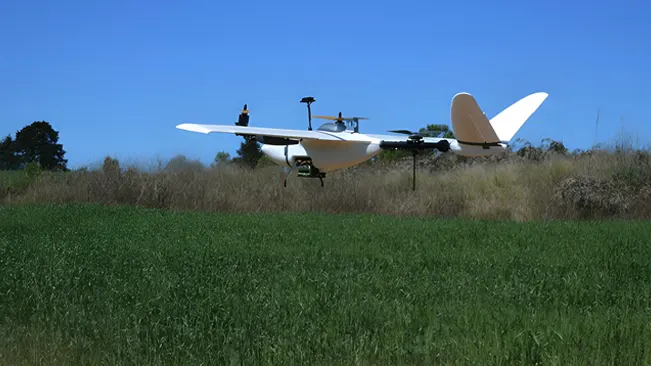
This hybrid functionality is particularly useful for large-scale conservation projects that require both extensive area surveys and close-range inspections. Hybrid drones are ideal for missions where flexibility, extended flight times, and the ability to switch between different flight modes are essential. Their versatility supports a wide range of conservation activities, from mapping vast landscapes to monitoring specific wildlife populations with precision.
Benefits of Using Drones for Wildlife Conservation
Reduced Disturbance to Wildlife
Traditional wildlife monitoring methods often involve researchers physically entering animal habitats, which can inadvertently cause stress and disrupt natural behaviors. Approaching animals directly or using vehicles and equipment in their environment may lead to increased anxiety, altered feeding patterns, and even displacement. These disturbances can negatively impact the health and behavior of wildlife, making it challenging to obtain accurate data and preserve their natural state.
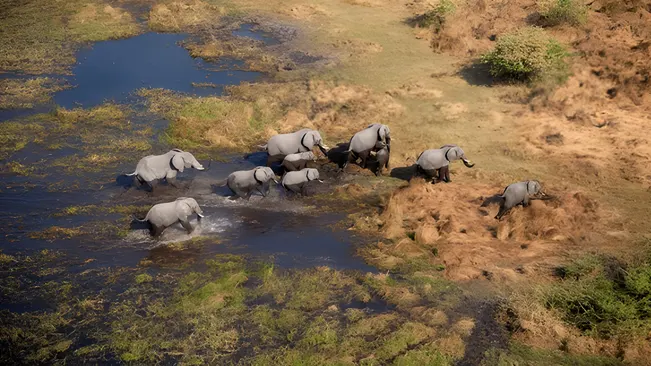
Wildlife drones offer a significant improvement by allowing researchers to observe and collect data from a safe distance. These aerial devices can fly at heights and distances that minimize their presence and avoid causing distress to the animals. By providing an unobtrusive vantage point, drones enable researchers to monitor wildlife in their natural habitats without intruding, thus ensuring that the collected data reflects true behaviors and conditions. This approach helps maintain the integrity of the wildlife being studied and reduces the potential negative impacts associated with traditional monitoring methods.
Enhanced Data Collection
Monitoring wildlife in expansive, remote, or difficult-to-access areas poses considerable challenges with traditional methods. Ground surveys are often labor-intensive and time-consuming, and the data collected may be limited by human observation constraints. The vastness of certain habitats or the inaccessibility of certain terrains can restrict the scope and detail of the information gathered.
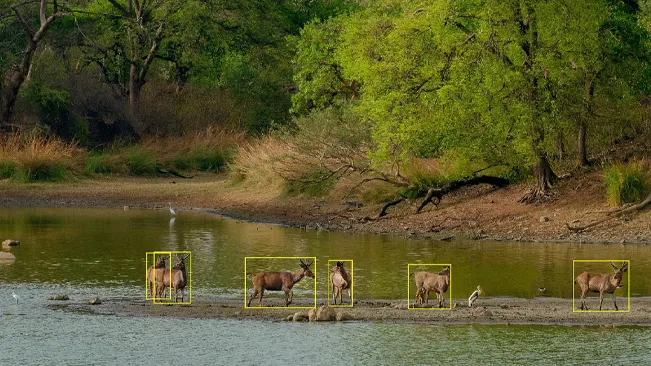
Wildlife drones revolutionize data collection by providing high-resolution imagery and videos from above. They can traverse large areas quickly and capture detailed visuals that offer valuable insights into animal behavior, population dynamics, and habitat conditions. Drones are capable of recording data at different times of day and under various environmental conditions, providing a more comprehensive understanding of wildlife patterns and ecological changes. This enhanced data collection capability allows for more informed conservation strategies and better management of wildlife populations.
Cost-Effectiveness
Traditional wildlife monitoring often requires substantial resources, including extensive fieldwork, helicopter flights, and significant manpower. These methods can be costly and may not always provide the most efficient means of data collection, particularly in large or challenging terrains. Wildlife drones present a cost-effective alternative by covering large areas in less time and with fewer resources.
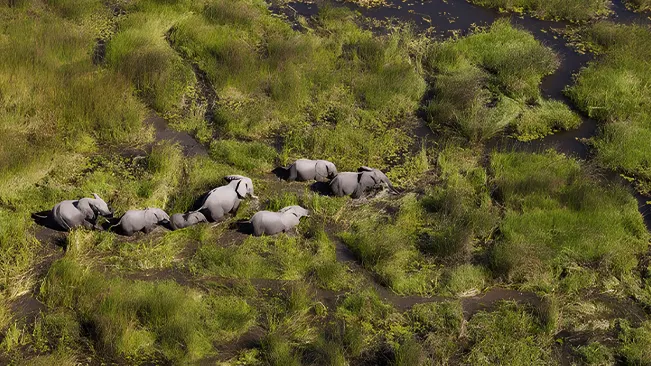
Their ability to conduct aerial surveys reduces the need for expensive helicopter operations and lowers labor costs associated with ground surveys. By streamlining the data collection process, drones help conservation programs maximize their budgets and allocate resources more effectively. This cost-efficiency enhances the overall impact of conservation efforts, making it possible to address more areas and issues within the constraints of limited funding.
Improved Safety for Researchers
Field researchers often work in remote and hazardous environments, facing risks such as dangerous wildlife, difficult terrain, and extreme weather conditions. These challenges can pose significant threats to their safety and well-being, potentially complicating their research activities. Drones mitigate these risks by allowing researchers to conduct monitoring and data collection from a safe distance.

By capturing aerial footage and data without needing to physically enter risky areas, drones help ensure the safety of field researchers. This remote operation reduces exposure to dangerous conditions and minimizes the need for direct interaction with potentially hazardous environments. As a result, researchers can focus on their conservation work with greater peace of mind, knowing that their safety is less compromised.
How are Drones Used in Wildlife Management?
Wildlife Monitoring and Conservation
Drones are revolutionizing wildlife monitoring and conservation with their advanced imaging capabilities. Equipped with specialized cameras, including infrared and thermal sensors, drones offer insights into animal behavior and environmental conditions that were previously difficult to achieve. By capturing high-resolution images and real-time data, these aerial devices provide ecologists with a detailed view of wildlife activities, migration patterns, and population dynamics.
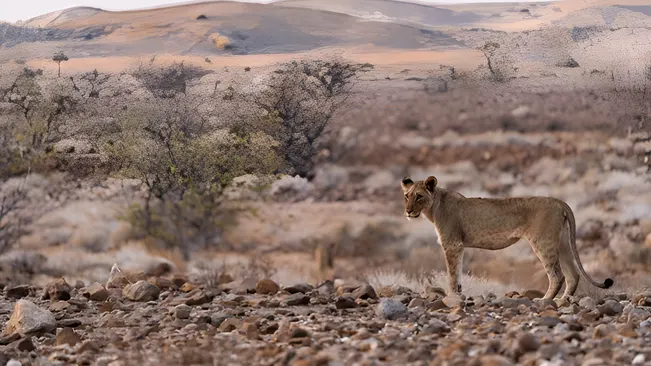
This enhanced observation ability allows researchers to track movements, assess health, and understand habitat use with unparalleled accuracy. The data collected by drones is instrumental in developing effective conservation strategies, helping to protect endangered species and manage biodiversity more effectively. The ability to monitor large areas with minimal disturbance ensures that conservation efforts are both precise and less intrusive, fostering better protection for wildlife.
Combatting Wildlife Crime
Addressing wildlife crime, such as poaching and illegal wildlife trade, is a critical aspect of modern conservation efforts. Drones equipped with advanced surveillance technology play a crucial role in combating these threats. By patrolling protected areas and wildlife reserves, drones provide continuous monitoring that helps identify suspicious activities and track poachers. Their aerial vantage point allows for a broader and more effective surveillance range than ground patrols alone.
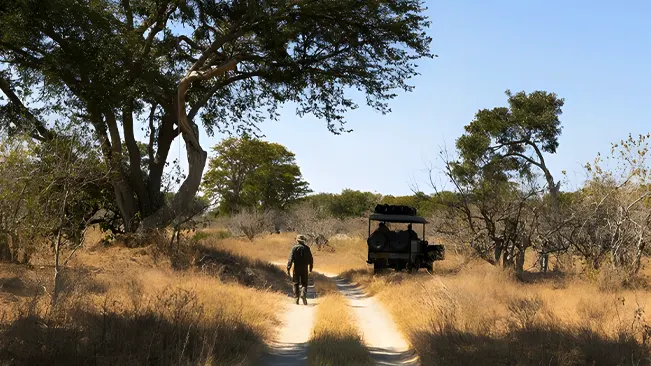
Drones can also be used to capture real-time footage and thermal images, which are valuable for evidence collection and informing law enforcement agencies. This proactive approach not only aids in preventing illegal activities but also enhances the protection of vulnerable species, contributing significantly to the preservation of wildlife and the enforcement of conservation laws.
Efficient Surveys and Research
Traditional wildlife surveys often involve labor-intensive fieldwork and can be limited by accessibility issues. Drones offer a transformative solution by covering extensive areas quickly and efficiently. They are capable of conducting detailed habitat assessments, performing population counts, and mapping ecological features with high precision. The speed and efficiency of drones in collecting biological data significantly reduce the time and resources required for research.
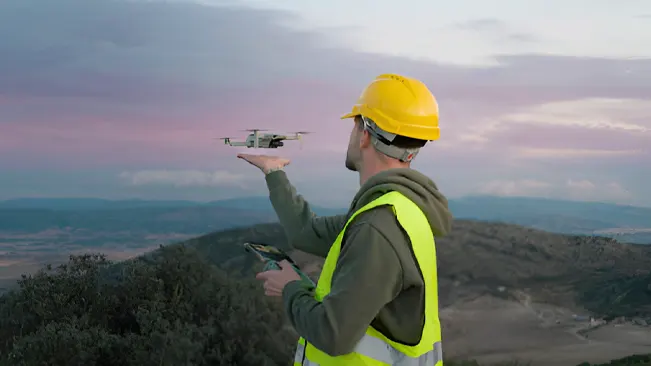
This efficiency allows scientists to focus more on data analysis and the development of targeted conservation strategies rather than spending time on laborious fieldwork. By providing a comprehensive overview of large and complex areas, drones enhance the scope and effectiveness of wildlife research, leading to more informed and impactful conservation actions.
Disaster Response and Wildlife Rescue
In the aftermath of natural disasters like wildfires, floods, or earthquakes, drones equipped with thermal cameras become invaluable tools for wildlife rescue and disaster response. These drones can quickly survey affected areas, identifying stranded or injured animals and assessing their condition from a safe distance. This capability is crucial for planning and executing effective rescue operations in challenging and often hazardous conditions.
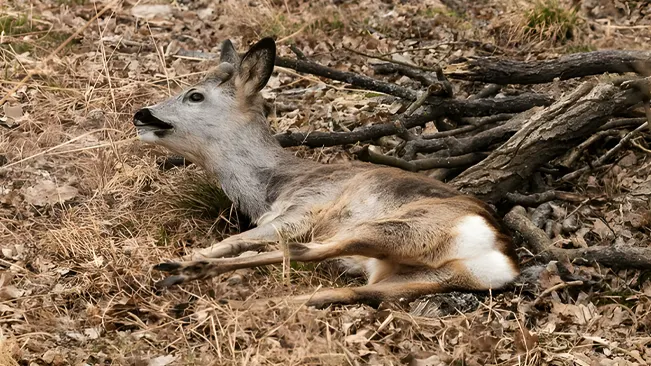
By providing a rapid response and detailed situational awareness, drones help ensure that aid reaches vulnerable wildlife in a timely manner. Their role in disaster response exemplifies the integration of technology into compassionate conservation efforts, enhancing the survival chances of species affected by emergencies and contributing to the overall resilience of wildlife populations.
Conclusion
Wildlife drones are revolutionizing conservation efforts with their ability to monitor wildlife from above, gather detailed data, and respond quickly to crises. They minimize disturbance to animals, enhance surveillance against illegal activities, and streamline research processes. As technology advances, these drones will play an increasingly crucial role in protecting endangered species and preserving biodiversity, showcasing the powerful impact of innovation in conservation.
FAQs
- What are wildlife drones?
Wildlife drones are specialized aerial devices equipped with high-resolution cameras, thermal sensors, and other advanced technology designed to monitor and protect wildlife. They provide detailed aerial views and data, aiding in conservation efforts and research. - How do wildlife drones help in conservation?
Wildlife drones assist in conservation by offering an unobtrusive way to monitor animal behavior, track migration patterns, and assess habitat conditions. They also help combat poaching, conduct efficient surveys, and respond to wildlife in disaster situations. - What types of sensors are used in wildlife drones?
Wildlife drones are often equipped with various sensors, including high-resolution cameras for detailed imagery, thermal sensors for detecting heat signatures, and infrared cameras for low-light or night-time observations. Some drones also use LiDAR for mapping and measuring vegetation. - How do drones reduce disturbance to wildlife?
Drones can fly at safe distances and altitudes, minimizing their impact on wildlife compared to traditional monitoring methods that might require researchers to enter habitats directly. This non-intrusive approach helps maintain natural animal behaviors and reduces stress on wildlife. - Are wildlife drones cost-effective?
Yes, wildlife drones can be cost-effective compared to traditional methods that involve extensive fieldwork, helicopter flights, and significant manpower. Drones cover large areas quickly and efficiently, reducing overall costs and allowing for better allocation of conservation resources. - How do drones assist in combating wildlife crime?
Drones equipped with surveillance technology patrol protected areas and wildlife reserves, providing real-time monitoring and data collection. They help detect and track poaching activities, offering valuable evidence for law enforcement and contributing to the protection of vulnerable species. - What are the benefits of using drones for disaster response?
Drones equipped with thermal cameras can quickly survey areas affected by disasters such as wildfires or floods. They help identify stranded or injured animals, assess their condition, and facilitate effective rescue operations, enhancing the survival chances of wildlife in crisis situations. - What are the challenges of using drones in wildlife conservation?
Challenges include navigating regulatory restrictions, ensuring drones are used responsibly and ethically, and managing technical issues such as battery life and data storage. Additionally, there may be a learning curve for operators to effectively utilize drone technology in various conservation contexts. - How can I get involved with wildlife drone conservation efforts?
You can get involved by supporting organizations that use drones for conservation, volunteering with local conservation groups, or advocating for the use of technology in wildlife protection. Additionally, if you have expertise in drone technology, you may consider collaborating with conservationists to enhance their efforts.

Joel Cunningham
Forestry AuthorI'm Joel Cunningham, an expert in pruning and weed management with over a decade of experience. My skills are rooted in formal training and extensive practice, focusing on advanced pruning techniques and efficient weed control. I'm known for my quality work, precision, and deep understanding of plant health and soil dynamics. My contributions extend to educational initiatives where I share sustainable practices and advice, establishing myself as a reliable and authoritative figure in the gardening community.


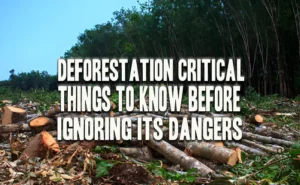
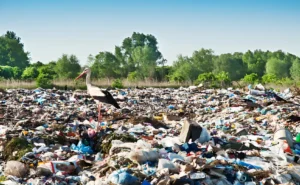


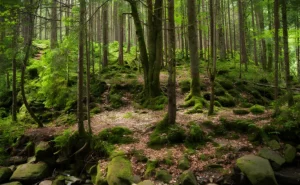
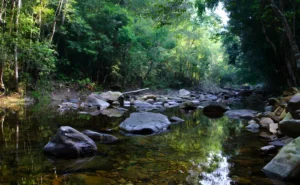
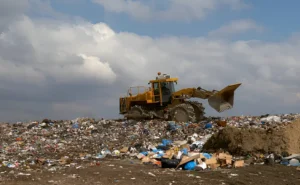
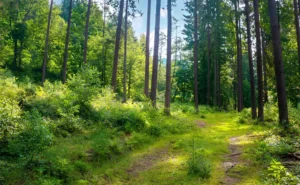
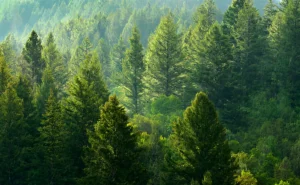


Leave your comment